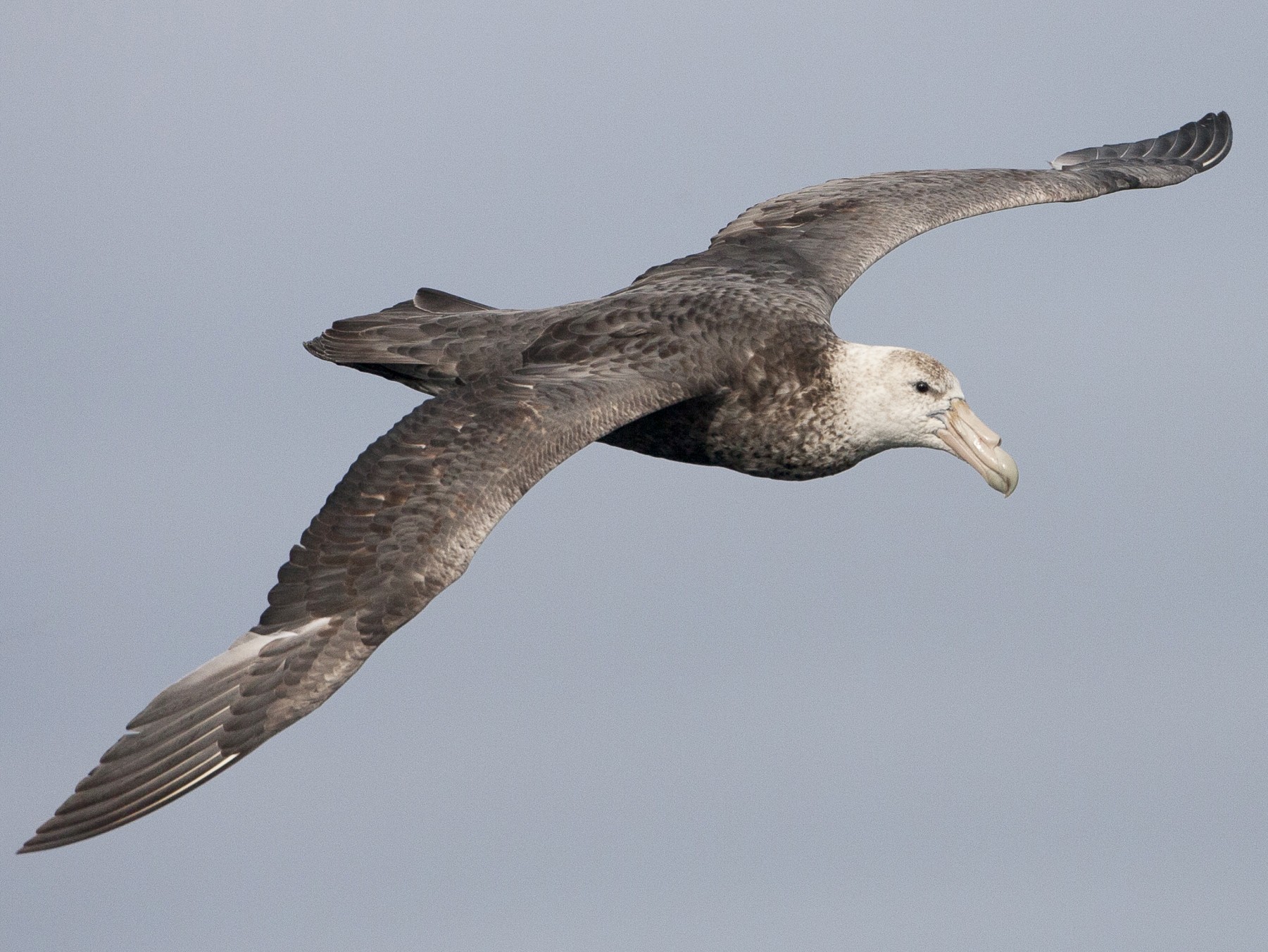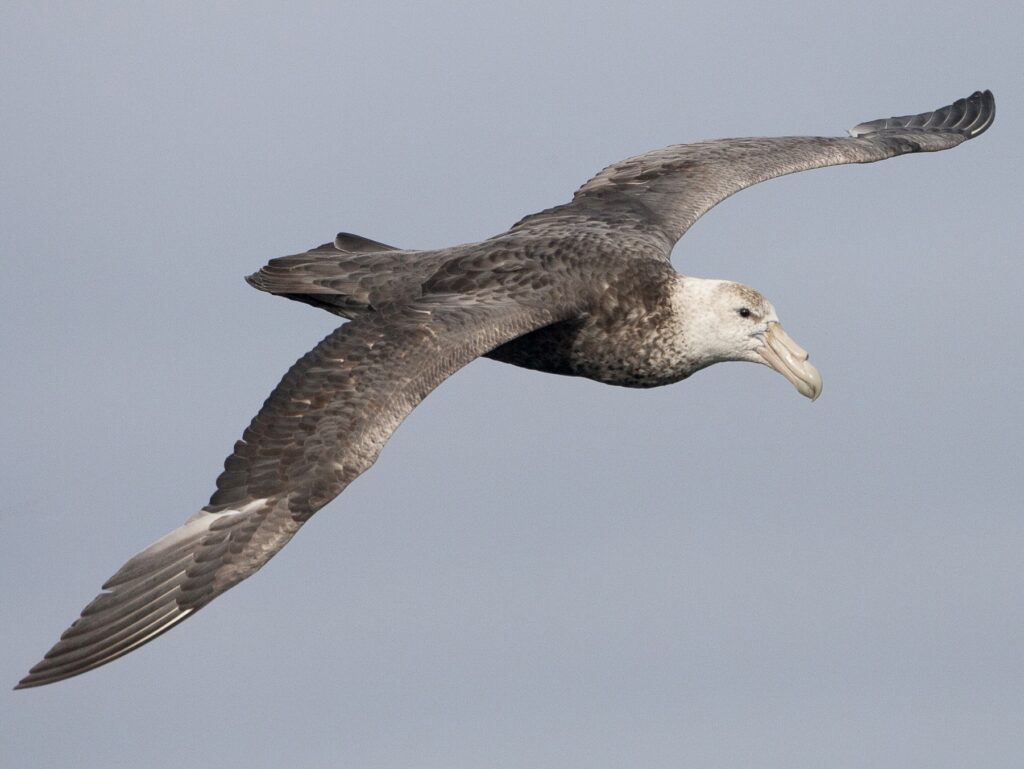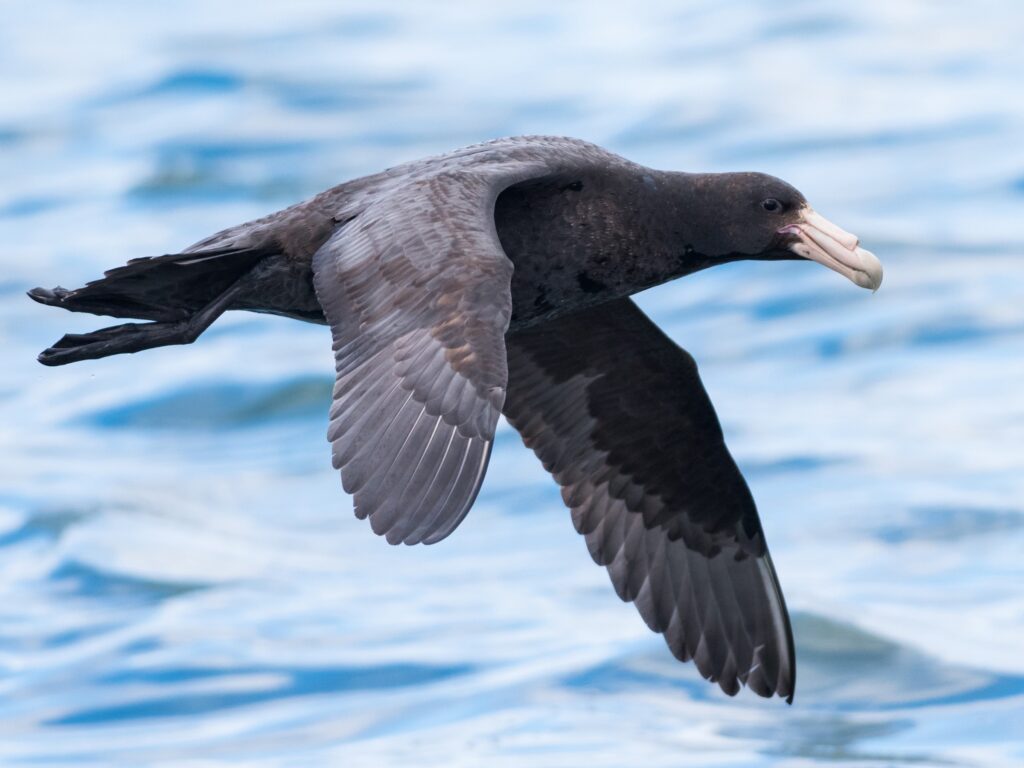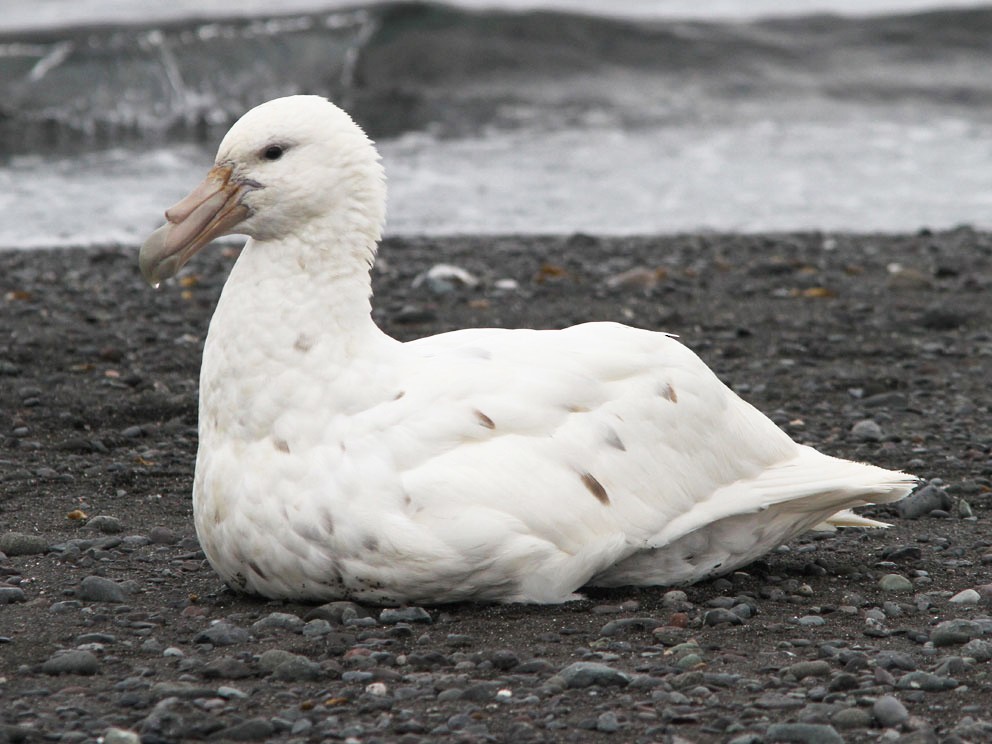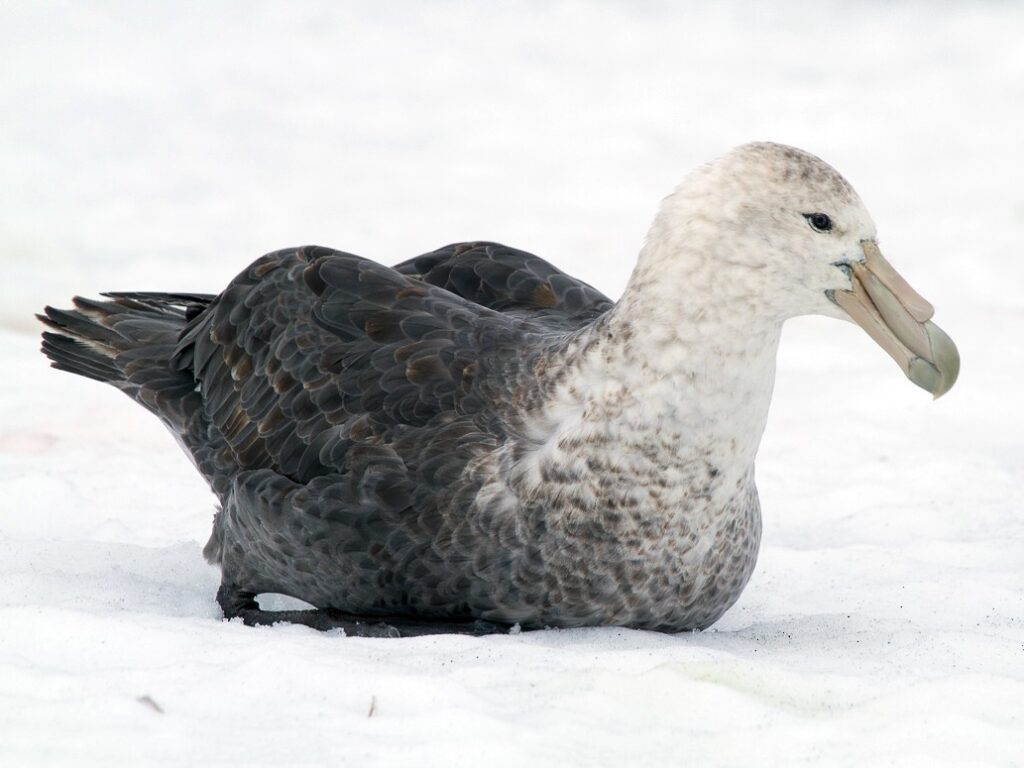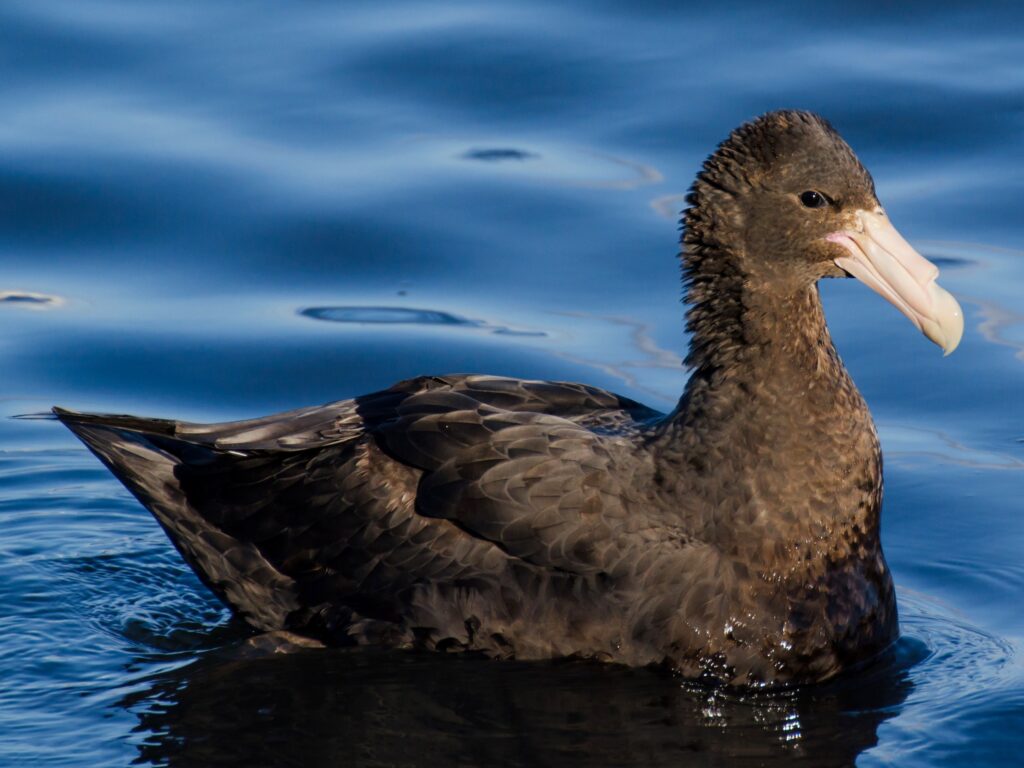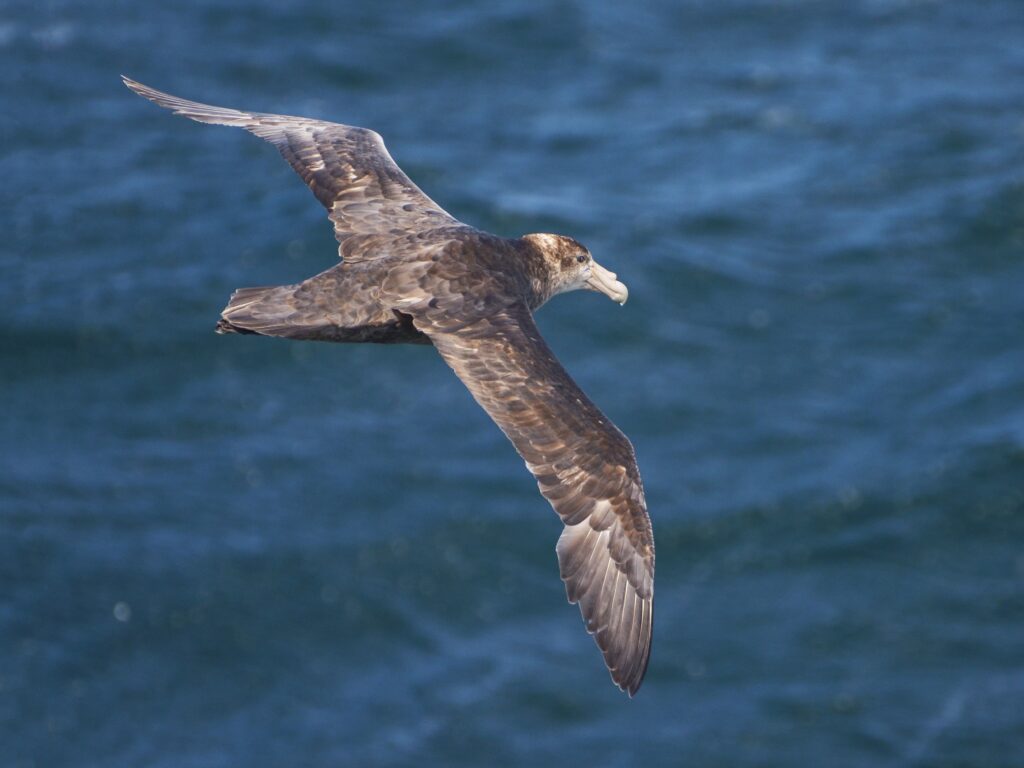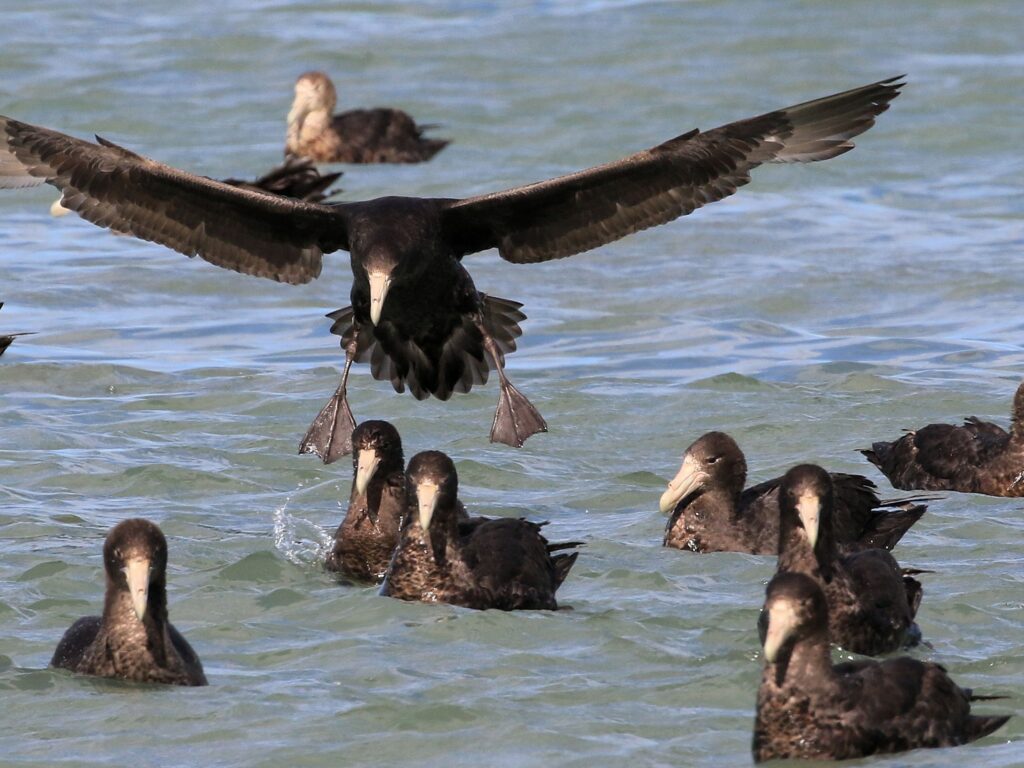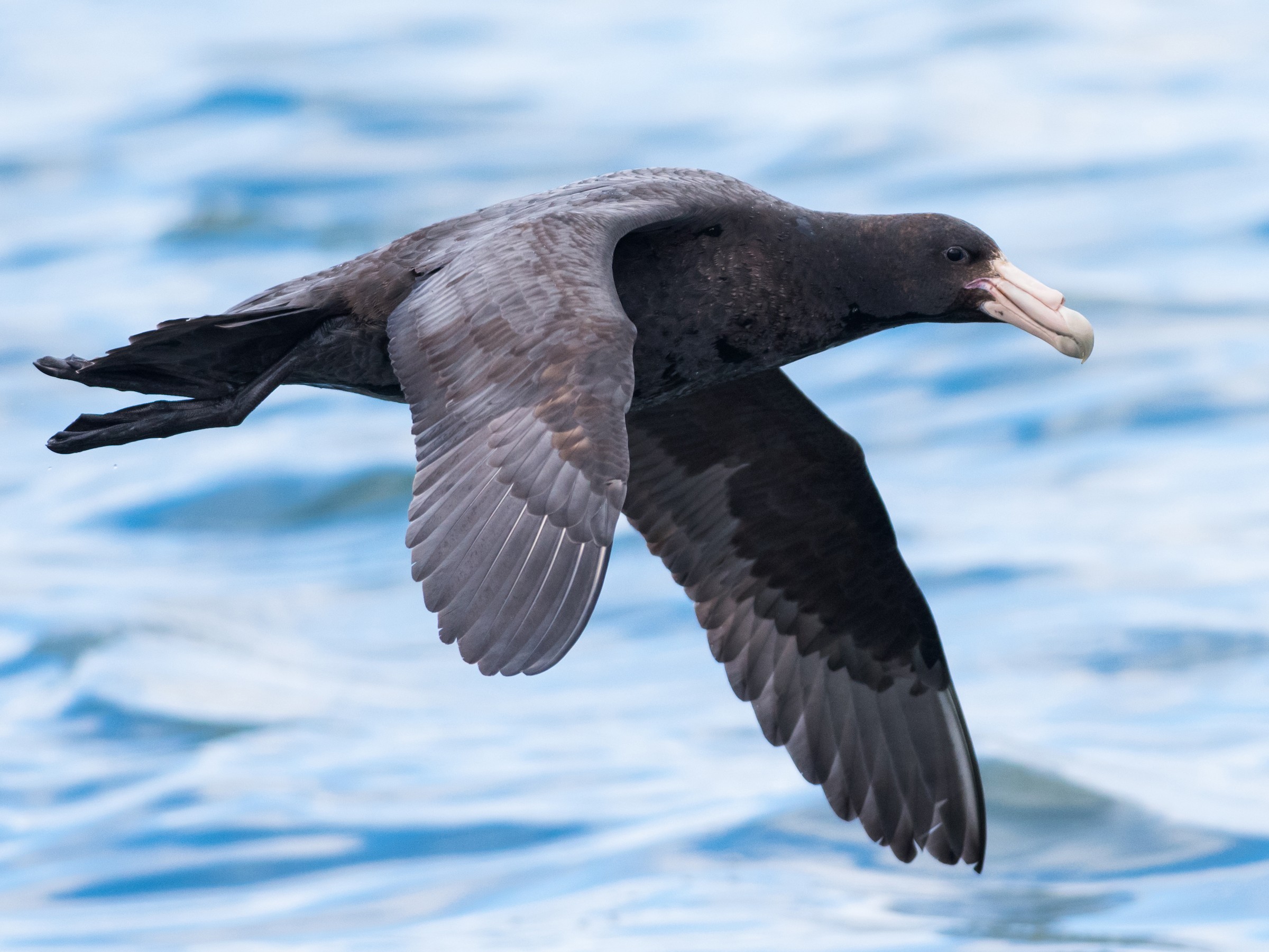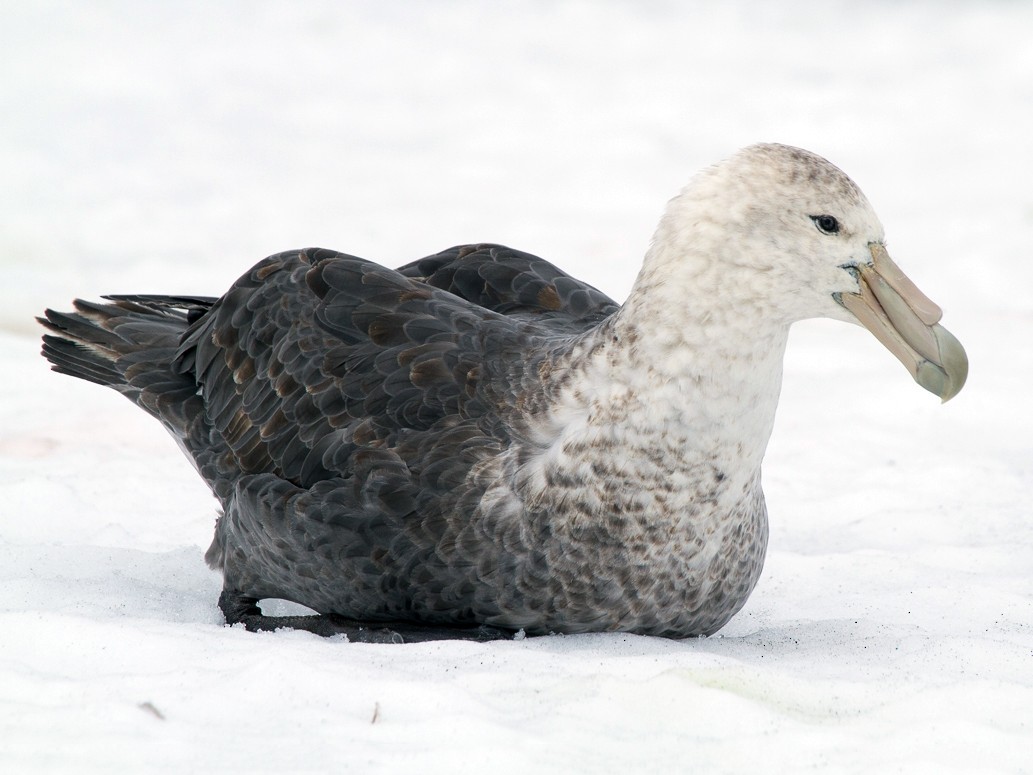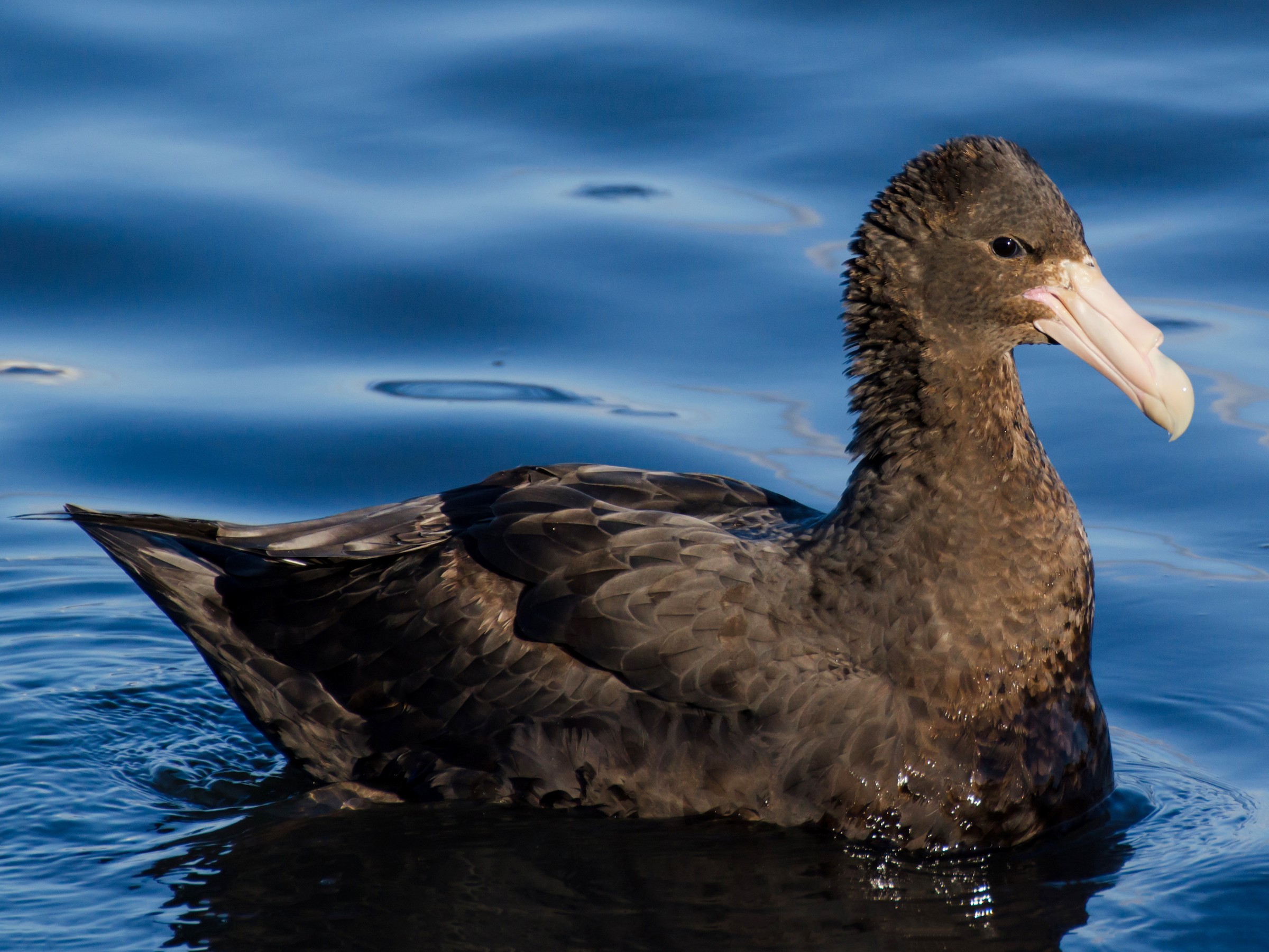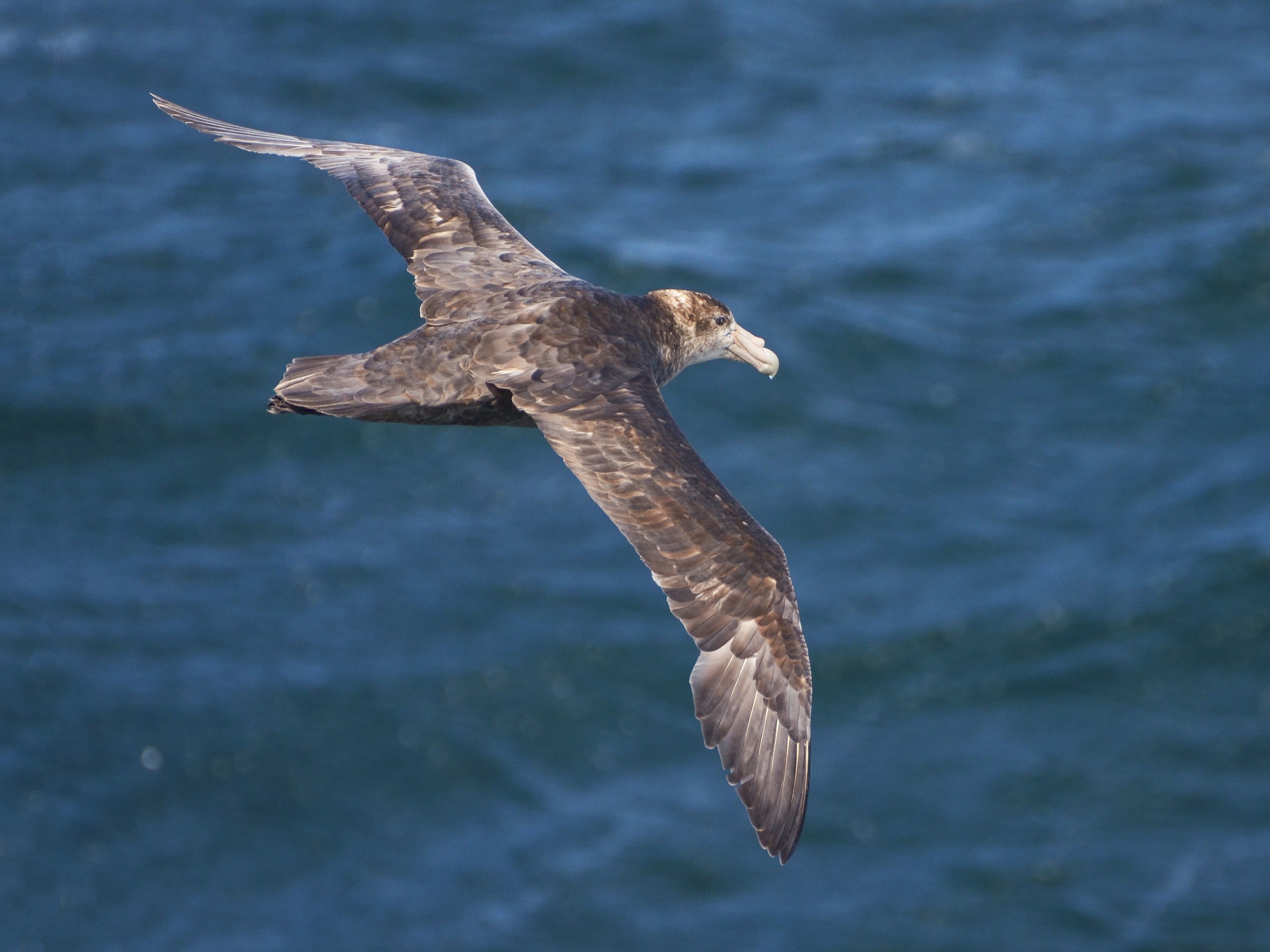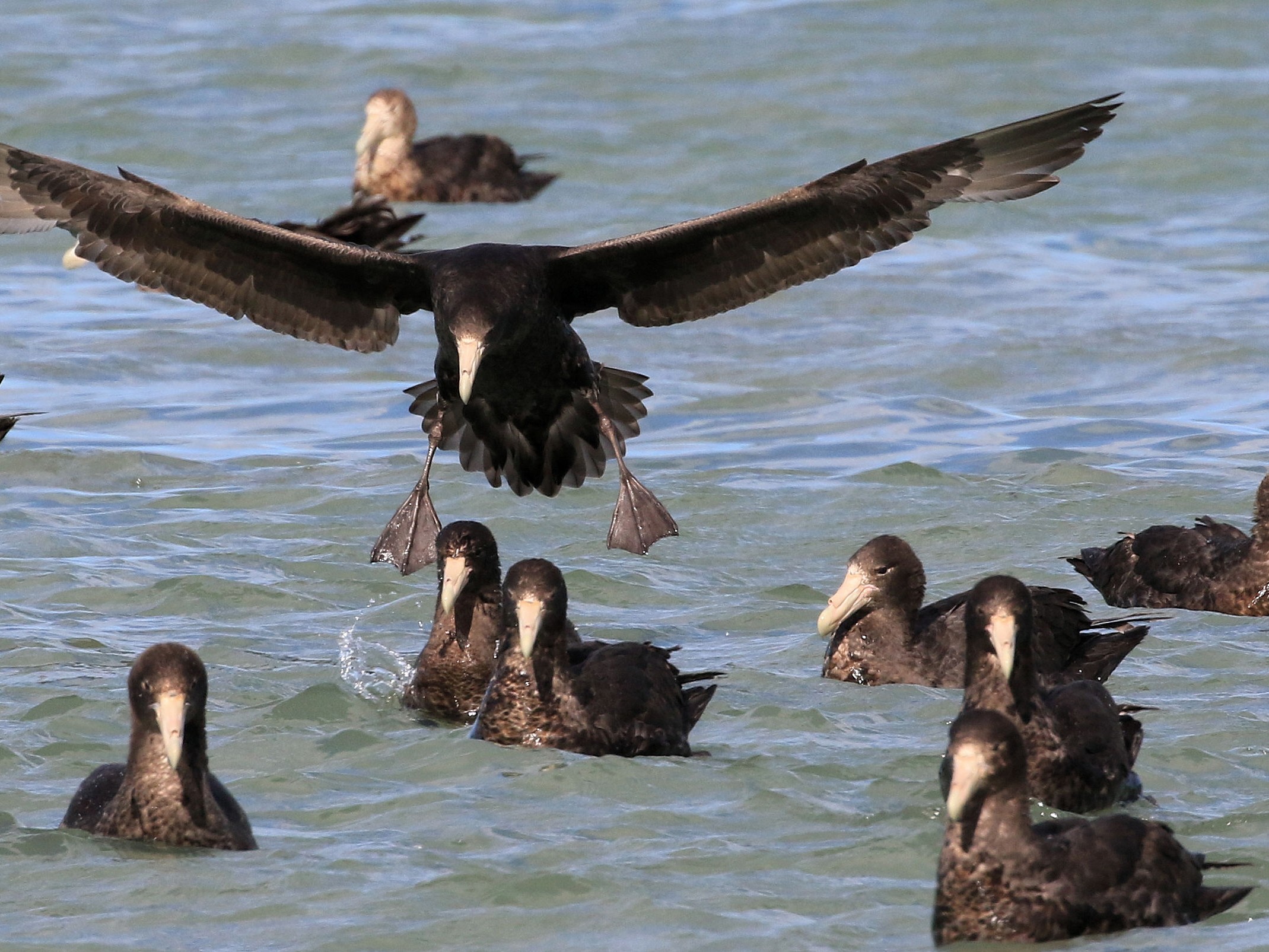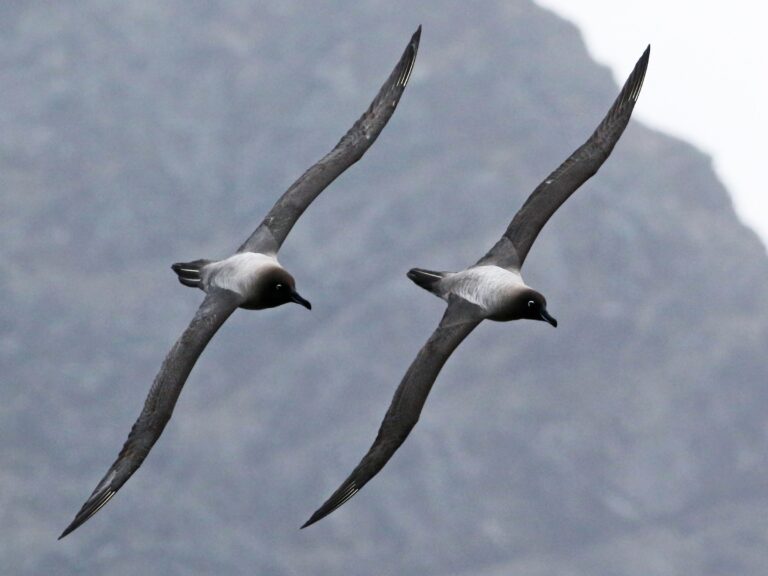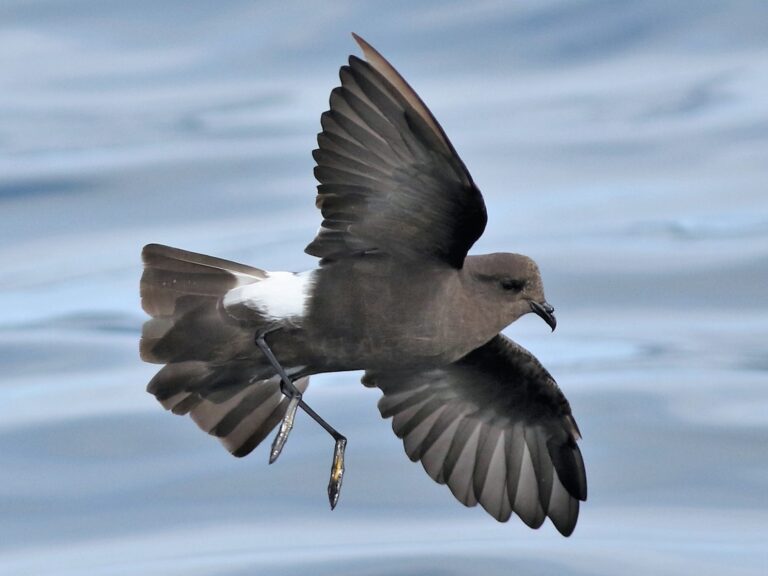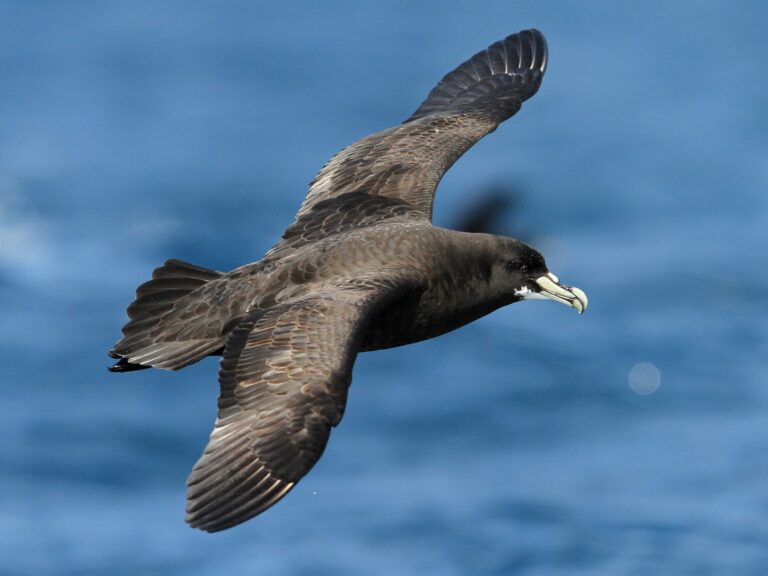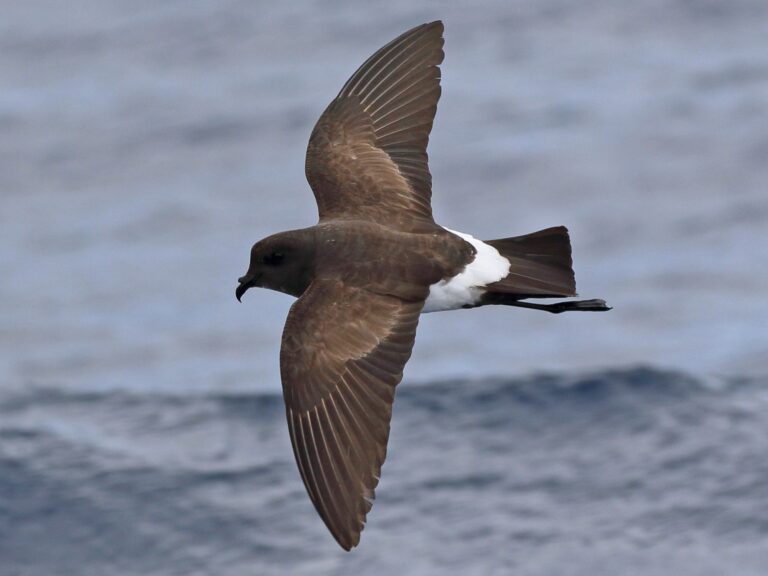Southern Giant-Petrel: A Key Species of the Antarctic Ecosystem
The Southern Giant-Petrel, known scientifically as Macronectes giganteus, is a fascinating seabird that thrives in the harsh environments of the Southern Ocean. This bird plays a crucial role in its ecosystem as a scavenger, maintaining the balance of marine life. Understanding its behavior and distribution is essential for appreciating how this species adapts to its pelagic habitat.
With strong wings and distinctive physical traits, the Southern Giant-Petrel is one of the largest seabirds found in its region. They are often seen gliding effortlessly over the ocean, hunting for food and foraging for fishery-related items. These unique characteristics not only make them intriguing to observe but also highlight the importance of conservation efforts to protect their habitats from threats like climate change and human activity.
As interest in seabirds grows, the Southern Giant-Petrel is often a key focus for researchers studying the dynamics of marine ecosystems. Their adaptability and resilience in changing environments underscore the need for ongoing observation and study to ensure their survival in the wild.
Key Takeaways
- The Southern Giant-Petrel is a vital scavenger of the Southern Ocean.
- It displays unique physical characteristics and strong flying abilities.
- Conservation efforts are crucial for the protection of their pelagic habitats.
Taxonomy and Classification
The Southern Giant-Petrel belongs to a specific category within avian classification. It is important to understand its relationship with other species, the origin of its name, and its distinct features.
Relation to Other Species
The Southern Giant-Petrel (Macronectes giganteus) is part of the family Procellariidae, known for including shearwaters and fulmars. It is closely related to the Northern Giant-Petrel (Macronectes halli). Both species share many similar characteristics, such as size and feeding habits.
These birds belong to the order Procellariiformes, which includes albatrosses and petrels. Albatrosses are also part of this order, showcasing the diverse adaptations of birds that thrive in marine environments. The Giant-Petrels are unique within this order due to their robust body structure and scavenging behaviors.
Naming and Etymology
The name “Macronectes” comes from Greek words meaning “large” and “swimmer,” highlighting their size and ability to navigate oceans efficiently. The species name “giganteus” refers to their large stature. This naming reflects the bird’s impressive wingspan and overall size compared to other petrels.
The specific naming conventions in taxonomy help clarify its classification within Procellariiformes. This bird’s common name, Southern Giant-Petrel, distinguishes it from its Northern counterpart. Etymology plays an essential role in understanding how species are categorized and recognized in various scientific contexts.
Distinct Features
Southern Giant-Petrels exhibit notable characteristics such as their large size, reaching up to 1 meter in length. They possess a powerful, hooked bill that aids in scavenging and eating carrion. Their wingspan can exceed 2 meters, allowing for efficient gliding over vast ocean areas.
Their plumage is mostly dark with white patches on the head and underparts, which further helps in identifying the species. Unlike some albatrosses, Giant-Petrels can be recognized by their distinctive behavior of feeding on discarded fish or whale carcasses. These features make them key scavengers in their ecosystems.
Habitat and Distribution
The Southern Giant Petrel thrives in a range of habitats mostly located in the Southern Hemisphere. These areas provide the necessary conditions for breeding and foraging. Their geographical range mainly covers regions with access to rich marine environments, particularly around popular nesting sites.
Geographical Range
Southern Giant Petrels are primarily found in the Southern Ocean. They breed on the islands of South Georgia, Falkland Islands, and parts of Antarctica. Their distribution includes countries like Chile and Argentina, where they inhabit coastal and oceanic environments.
During the breeding season, these birds can be seen gathering in large colonies. Their range extends further north during the non-breeding season, often leading them to explore waters off the coasts of South America. This adaptability helps maintain their populations across different regions.
Preferred Environments
Southern Giant Petrels prefer environments that offer access to open waters with abundant food sources. They are often seen near ice edges and in areas rich in marine life. The surrounding waters of Antarctica and South Georgia are common foraging grounds due to the high availability of nutrients.
These birds nest on rocky cliffs or on flat terrains, where they are less vulnerable to predators. The coastal regions are ideal since they ensure easy access to the ocean. In addition, the presence of seal colonies nearby can influence their feeding habits, as they often scavenge on seal remains.
Behavior and Ecology
The Southern Giant Petrel exhibits unique behaviors and ecological adaptations that are key to its survival. This section covers their dietary habits, reproductive cycle, and survival strategies.
Dietary Habits
Southern Giant Petrels are known for their scavenging behavior. They primarily feed on a diet of carrion, which includes fish, marine mammals, and waste from fishing vessels. They are opportunistic feeders and can also hunt small penguins when food is scarce.
Their foraging occurs mainly in pelagic environments, where they search for food on the ocean’s surface. They have excellent eyesight, allowing them to spot potential meals from great distances. Depending on availability, they may also consume offal and leftovers from larger predatory animals.
Reproductive Cycle
Breeding for Southern Giant Petrels takes place on remote islands, often in colonies that can host thousands of pairs. The female lays a single egg, which both parents incubate for about 60 days.
Once hatched, the chick is fed regurgitated food until it is capable of foraging independently. The young petrel remains dependent on its parents for several months before fledging, usually around 3-4 months old. The white morph of the Southern Giant Petrel is less common but also participates in this reproductive cycle, sharing similar nesting behaviors.
Survival Strategies
Southern Giant Petrels have developed several survival strategies to thrive in their harsh environments. They are strong fliers and can travel long distances in search of food.
To avoid competition, they often employ scavenging tactics that minimize energy expenditure. They also display aggressive behaviors when feeding alongside other seabirds. This adaptability and resilience ensure they maintain their roles as scavengers within the marine ecosystem, helping to clean up waste and remain dominant among their avian counterparts.
Physical Characteristics
The Southern Giant-Petrel, also known as Macronectes giganteus, has several distinct physical traits that set it apart. It exhibits size variations, color differences, and unique physiological adaptations that enable it to thrive in its environment.
Size and Weight
The Southern Giant-Petrel is a large seabird. It typically measures about 75 to 85 cm in length. The wingspan can reach up to 200 cm, making it one of the largest flying seabirds.
In terms of weight, adults usually range from 3.5 to 6.8 kg. Males are generally larger than females, a common trait in many bird species. This size helps the bird soar long distances over the ocean.
Color Variations
There are two primary color morphs in the Southern Giant-Petrel: the white morph and the dark morph. The white morph features a predominantly white body with gray wings, while the dark morph displays dark brown and black plumage.
These color variations are not just visually striking; they also serve important functions. For example, the lighter-colored birds are often more prevalent in colder environments, camouflaging better against ice. The darker morph may offer better heat retention in colder waters.
Physiological Adaptations
One notable adaptation of the Southern Giant-Petrel is its ability to produce a foul-smelling oil. This oil is secreted from its stomach and helps in digesting food. It can also serve as a defense mechanism against predators, as the smell deters many animals.
In addition, these birds have specialized nasal glands that filter salt from their seawater intake. This adaptation allows them to thrive in marine environments, ensuring they remain hydrated without needing fresh water sources.
These physical characteristics not only highlight the remarkable nature of the Southern Giant-Petrel but also illustrate how well adapted it is to its oceanic habitat.
Conservation and Threats
The Southern Giant Petrel faces significant challenges due to environmental changes, human impact, and natural predators. Understanding these aspects is crucial for implementing effective conservation measures.
Current Conservation Status
The Southern Giant Petrel is currently classified as Near Threatened by the IUCN Red List. Its population trends reveal a decline in several regions, including the Falkland Islands, where a census showed a decrease in numbers. Conservation efforts focus on protecting nesting sites and monitoring populations. Organizations are working to gather long-term demographic data. This information is vital for identifying threats and improving conservation strategies.
Natural Predators and Threats
Natural predators of the Southern Giant Petrel include skuas and other seabirds. These birds can predate on eggs and fledglings, impacting population numbers. Additionally, environmental changes such as climate shifts affect food availability and breeding success. Increased competition for resources can further endanger their survival. The fluctuating populations of prey species add to these stresses, making effective monitoring essential.
Human Impact on Species Survival
Human activities pose serious risks to the Southern Giant Petrel. Plastic pollution is one critical threat, as it can lead to ingestion and entanglement. Fishing practices, particularly bycatch, also impact their population. Changes in land use and habitat destruction further threaten nesting sites. Conservationists emphasize the need for sustainable practices to mitigate these risks and promote the recovery of this species. Increased public awareness and strong policies are necessary to ensure their long-term survival.
Observation and Study
Understanding the Southern Giant-Petrel requires careful observation and specific research methodologies. Various techniques and opportunities can enhance knowledge of this remarkable bird.
Research Methodologies
Researchers employ different methods to study the Southern Giant-Petrel. Common techniques include banding, tracking, and observational studies.
Banding helps identify individual birds and track their movements. GPS tracking provides real-time data on their foraging behavior and migration patterns.
Researchers also conduct surveys to assess population sizes and breeding locations. For instance, a study at South Georgia analyzed breeding sites and counted active nests to gather vital data about population health. Institutions like the British Antarctic Survey often lead these efforts, providing expertise and resources.
These methodologies ensure that researchers can collect accurate and meaningful information about the species.
Opportunities for Observation
Bird watchers have unique opportunities to observe the Southern Giant-Petrel in various habitats. These birds often inhabit sub-Antarctic regions, including islands like South Georgia.
Seasonal migrations provide ideal times for observation. During the breeding season, from October to March, they gather in large numbers, making it easier for enthusiasts to spot them.
Specific locations, such as coastal cliffs and open ocean areas, are excellent for viewing their behaviors. Additionally, joining organized tours led by experienced operators can enhance the bird watching experience.
Local research institutions often offer guided excursions, connecting the public with ongoing studies. These programs contribute to conservation efforts and foster appreciation for the Southern Giant-Petrel.
Frequently Asked Questions
This section addresses common questions about the Southern Giant-Petrel, including its size, diet, and habitat. Important differences between the Southern and Northern Giant-Petrel will also be highlighted.
How does the size of the Southern Giant-Petrel compare to that of humans?
The Southern Giant-Petrel typically measures about 75 to 85 centimeters in length. In comparison, this bird can weigh between 3 to 4.5 kilograms. This size is significant, as it means a Southern Giant-Petrel is roughly similar in height to a small child.
What type of diet does the Southern Giant-Petrel have?
The Southern Giant-Petrel is primarily a scavenger. It feeds on carrion found at seabird colonies and discards from fishing vessels. Additionally, it consumes a variety of fish and squid, showing adaptability in its diet based on availability.
What distinguishes the Northern Giant-Petrel from the Southern Giant-Petrel?
The Northern Giant-Petrel is slightly smaller than its southern counterpart, measuring around 75 to 80 centimeters in length. One notable difference is coloration; the Southern Giant-Petrel has a lighter body with a more prominent white head compared to the darker, mottled appearance of the Northern Giant-Petrel.
Where can one typically find Southern Giant-Petrels?
Southern Giant-Petrels are generally found in the Southern Ocean, particularly around Antarctica and sub-Antarctic islands. They are often seen near breeding colonies during the nesting season, which usually takes place from September to January.
Is the Southern Giant-Petrel considered more aggressive than other seabirds?
Yes, the Southern Giant-Petrel can be more aggressive compared to other seabirds. It is known to assert dominance over food sources and can display hostility toward other birds, especially during feeding times or when defending its nest.
How do the sizes of a Southern Giant-Petrel and an Albatross compare?
The Southern Giant-Petrel is smaller than most albatross species. While it averages around 75 to 85 centimeters in length, an albatross can be significantly larger, with some species reaching up to 1.2 meters or more. This size difference is important for understanding their roles in the ecosystem.
